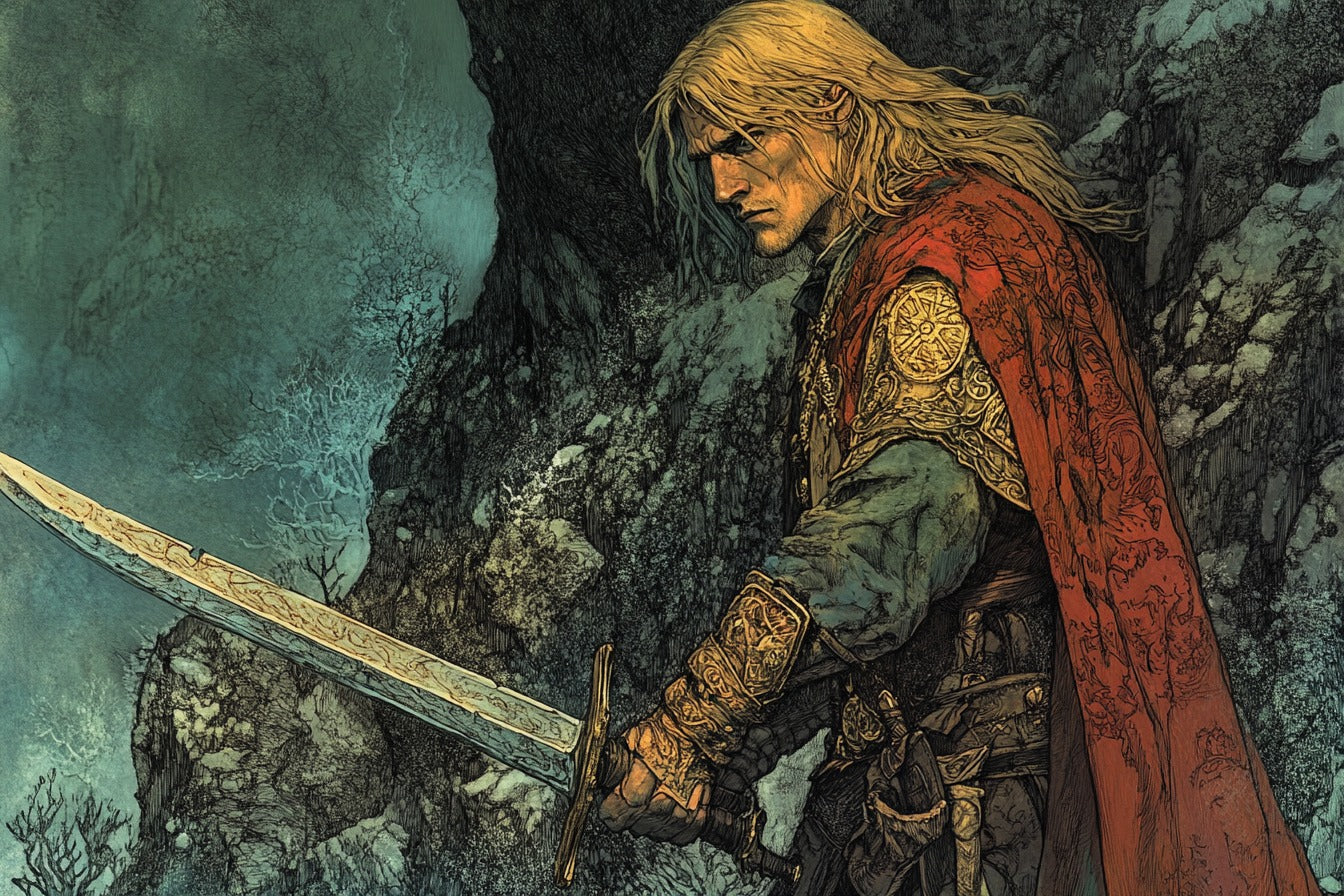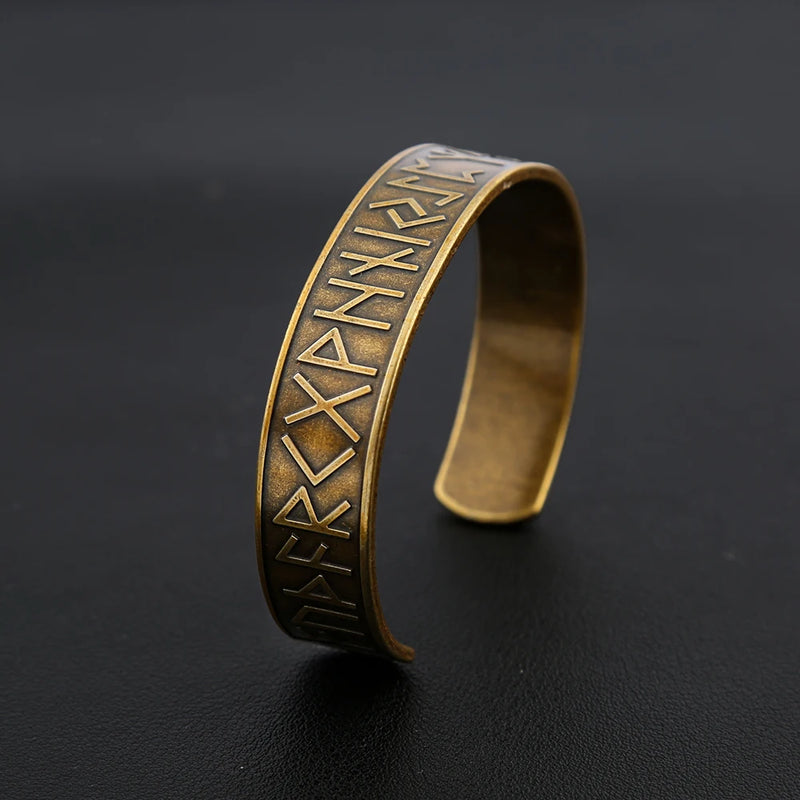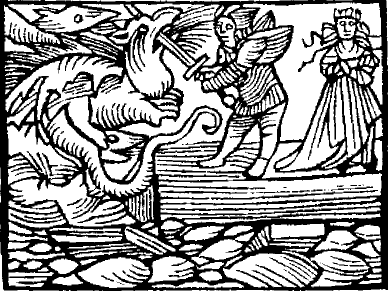
Sigurd from Norse Mythology: A Legendary Hero's Tale
Sigurd, also known as Siegfried in German mythology, stands as one of the most renowned heroes in Norse mythology. His epic tale of bravery, dragon-slaying, and tragic love has captivated audiences for centuries, leaving an indelible mark on European literature and culture. This article delves into the life, deeds, and legacy of Sigurd, exploring his significance in Norse mythology and his enduring impact on Western storytelling.
Background

Sigurd sucks his thumb after killing Fafnir – Hylestad stave church / Photo: Marieke Kuijjer (CC BY-SA 2.0).
Origins of the Sigurd Legend
The legend of Sigurd has its roots in the migration period of Germanic history, roughly between the 4th and 6th centuries CE. The story evolved over time, blending historical events with mythological elements. The earliest known written account of Sigurd's tale appears in the Old Norse Völsunga Saga, compiled in the 13th century, though the oral tradition likely predates this by several centuries.
The Völsunga Saga
The Völsunga Saga serves as the primary source for the tale of Sigurd. This Old Norse text, believed to have been compiled in Iceland during the 13th century, provides a comprehensive narrative of Sigurd's life and adventures. The saga is part of a larger corpus of heroic literature that includes the Poetic Edda and the Middle High German Nibelungenlied, all of which contribute to our understanding of Sigurd's legend.
Sigurd's Early Life

Old Norse Runic Bronze Arm Ring Bangle
Parentage and Upbringing
Sigurd was born into a lineage of legendary heroes. His father, Sigmund, was a descendant of Odin and a great warrior in his own right. Sigurd's mother, Hjördís, remarried after Sigmund's death, and Sigurd was raised by the skilled blacksmith Regin. This upbringing would prove crucial in shaping Sigurd's destiny.
The Forging of Gram

"Odin in the Hall of the Völsungs", plunging a sword (Gram) into the Barnstokkr tree (1905) by Emil Doepler.
Sigurd's Legendary Sword
One of the most significant events in Sigurd's early life was the forging of his sword, Gram. According to the Völsunga Saga, Regin reforged the shards of Sigmund's broken sword, creating a weapon of unparalleled quality. Gram was said to be so sharp that it could cleave an anvil in two, foreshadowing Sigurd's future as a great warrior.
Slaying of Fafnir

Sigurd's Most Famous Deed
The most renowned of Sigurd's deeds was his slaying of the dragon Fafnir. This event is central to his legend and is recounted in detail in the Völsunga Saga. Fafnir, once a dwarf, had been transformed into a dragon by his greed for gold. Regin, Fafnir's brother, manipulated Sigurd into killing the dragon to reclaim the treasure.
The Dragon's Blood
After slaying Fafnir, Sigurd bathed in the dragon's blood, which made him invulnerable except for a small spot on his back where a leaf had fallen. This episode draws parallels to other mythological heroes, such as Achilles in Greek mythology, highlighting the universal theme of the hero with a single vulnerability.
Brynhildr and Gudrun

Sigurd and Gunnar by J. C. Dollman (1909).
Sigurd's Romantic Entanglements
Sigurd's life was marked by complex romantic relationships, particularly with the Valkyrie Brynhildr and the princess Gudrun. His encounter with Brynhildr, whom he awakened from a magical sleep, led to a betrothal. However, through magical deception, Sigurd was later made to forget Brynhildr and marry Gudrun instead.
Love and Betrayal
The love triangle between Sigurd, Brynhildr, and Gudrun forms a central part of the hero's tragic tale. The betrayal and misunderstandings arising from this situation ultimately lead to Sigurd's downfall, echoing themes of fate and human fallibility common in Norse mythology.
Betrayal and Death

Siegfried fights the dragon to rescue Kriemhild. Early modern woodcut of Hürnen Seyfrid.
The Tragic End of Sigurd
Sigurd's death comes as a result of political intrigue and personal vengeance. Manipulated by Brynhildr, who felt betrayed, Gudrun's brothers plot against Sigurd. Despite his near-invulnerability, Sigurd is ultimately slain, stabbed in the one vulnerable spot on his back as he sleeps.
Aftermath
The death of Sigurd sets in motion a series of tragic events, including Brynhildr's suicide and a blood feud that decimates the families involved. This cycle of violence and revenge is characteristic of Norse sagas and reflects the harsh realities of medieval Scandinavian society.
Legacy

Sigurd's Influence on Literature and Culture
Sigurd's legend has had a profound and lasting impact on European literature and culture. His story has been retold and reimagined countless times, from medieval sagas to modern adaptations.
Literary Influence
The tale of Sigurd served as inspiration for numerous literary works, including Richard Wagner's epic opera cycle "Der Ring des Nibelungen" and J.R.R. Tolkien's "The Legend of Sigurd and Gudrún." These adaptations have helped keep Sigurd's story alive in popular culture.
Cultural Significance
Sigurd's legend embodies many core values of Norse culture, including bravery, honor, and the inevitability of fate. His story continues to resonate with modern audiences, offering insights into human nature and the complexities of heroism.
Conclusion
Sigurd stands as one of the most iconic figures in Norse mythology, embodying the ideals of heroism while grappling with very human flaws and tragedies. His tale of bravery, love, and betrayal has captivated audiences for centuries, leaving an indelible mark on European literature and culture. The enduring popularity of Sigurd's legend speaks to its universal themes and the timeless appeal of the heroic journey.
As we continue to study and retell the story of Sigurd, we gain not only insights into Norse mythology and medieval Scandinavian culture but also a deeper understanding of the human condition. The legend of Sigurd, with its complex characters and moral dilemmas, remains as relevant today as it was when it was first told, cementing its place in the pantheon of world mythology.
Frequently Asked Questions (FAQs)
- Who was Sigurd in Norse mythology?
Sigurd was a legendary hero in Norse mythology, famous for slaying the dragon Fafnir and his tragic love story involving Brynhildr and Gudrun.
- What is Sigurd's most famous deed?
Sigurd's most famous deed was slaying the dragon Fafnir and bathing in its blood, which made him nearly invulnerable.
- How did Sigurd die?
Sigurd was killed through betrayal, stabbed in his one vulnerable spot on his back while he slept.
- What is the Völsunga Saga?
The Völsunga Saga is a 13th-century Icelandic text that serves as the primary source for the legend of Sigurd.
- How has Sigurd's legend influenced modern culture?
Sigurd's legend has inspired numerous works of literature, music, and art, including Wagner's "Ring Cycle" and elements of modern fantasy literature.








